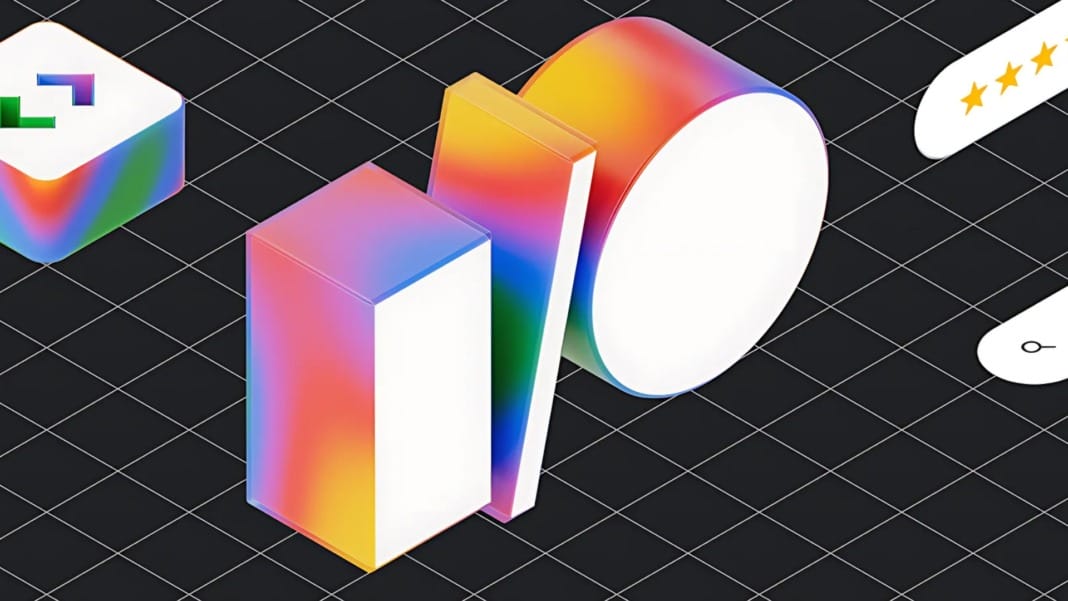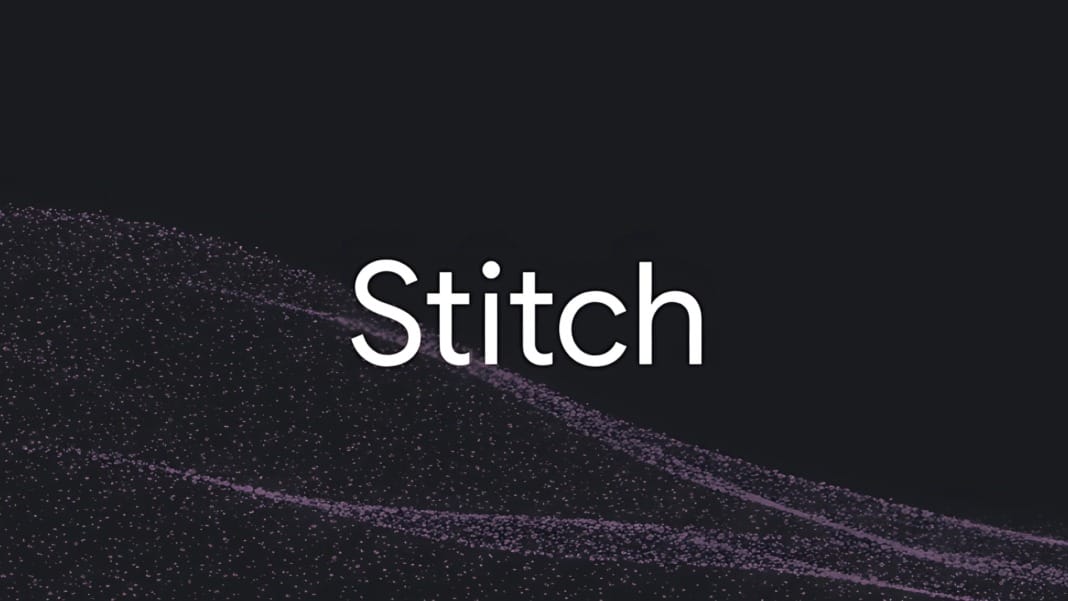At Google I/O 2025, Google Play announced a wide range of new features designed to support developers and improve user experiences. The latest updates focus on enhancing developer tools, expanding app discovery, and improving subscription management—reinforcing Google’s commitment to helping developers build successful businesses on the platform.
Enhancing tools to support app performance and testing
Google Play has redesigned the Play Console dashboard to centre around four key objectives: testing and releasing, monitoring and improving, growing users, and monetising. The updated dashboard includes Android vitals metrics, which provide clearer insights and actionable suggestions to improve app quality.
New overview pages have been added for the Test and Release and Monitor and Improve objectives. These pages consolidate related metrics and tools in one place, alongside a “Take action” section with contextual recommendations. Additional pages for the Grow and Monetise objectives are expected soon.
A significant improvement is the ability to halt fully live releases, giving developers greater control. This means that if an issue is found in a version already rolled out to 100% of users, distribution to new users can now be stopped directly through the Play Console or Publishing API.
Store listing management has also been improved with two new tools. The asset library allows developers to upload, tag, and edit visual assets more efficiently, while new open metrics provide deeper insights into how store listings are performing.
In terms of security, the Play Integrity API continues to evolve. It now includes stronger abuse detection using Android hardware security, checks for device security updates, and a beta feature to identify reused devices even after a reset. Developers can register interest to join the public beta.
Driving engagement through personalised discovery and content formats
Google Play is continuing to build a content-rich store that encourages repeat engagement. Curated spaces, which launched last year, have seen success by offering editorial content and highlights tailored to user interests—such as sports in Brazil and comics in Japan. Over 920,000 users in Japan return to the comics space monthly. These curated spaces will expand to more categories and countries this year.
New topic browse pages are also launching, starting in the US with a Media & Entertainment category featuring over 100,000 pieces of content. These pages appear across the Play Store, including on app listings and search results. More localised versions will follow globally.
The “Where to Watch” feature is expanding beyond the US to markets including the UK, Korea, Indonesia, and Mexico. It enables users to find shows and movies across their subscribed apps, increasing return visits to the Play Store and boosting content search activity.
From July, all developers will be able to enhance their listings with hero content carousels and YouTube playlist carousels. For Health & Wellness apps in the US, Google Play has also added audio samples on the Apps Home, which have made users three times more likely to install or open the app.
In addition, the Engage SDK—which helps developers deliver personalised in-app content—will now support the Travel category and be available across more markets, including Brazil, India, Indonesia, Japan, and Mexico. It will also appear directly on the Play Store starting this summer.
Improving subscription sales and retention
Google Play is continuing to improve its subscription capabilities, helping developers convert and retain users more effectively. One major update is the launch of multi-product checkout for subscriptions. This feature allows developers to sell base subscriptions and add-ons in a single transaction, offering users a simplified experience while giving developers more control over pricing and upgrades.
To reduce voluntary churn, subscription benefits will now be highlighted across various touchpoints on Play, including the Subscriptions Centre, email reminders, and during purchase and cancellation processes. Developers are encouraged to add these benefits in the Play Console to take advantage of the visibility.
Involuntary churn is also being addressed. When payment methods fail, developers can now opt for a grace period of up to 30 days or an account hold of up to 60 days. Increasing the recovery period from 30 to 60 days has led to an average 10% reduction in failed renewals.
Google is also focusing on improving the readiness of users for purchases. This includes prompts to set up payment methods during device setup, visibility of payment options in the Play Store and Google account menus, and AI-powered suggestions for the best payment methods during in-app transactions. Cart abandonment reminders are also being used to bring users back to complete purchases.
Google Play reaffirms long-term commitment to developers
The wide-ranging updates introduced at I/O 2025 underline Google Play’s dedication to helping developers succeed. From upgraded tools and new content formats to improved monetisation features, Google aims to support developers at every stage. The company encourages developers to make full use of the new capabilities to create engaging, profitable, and high-quality apps.





